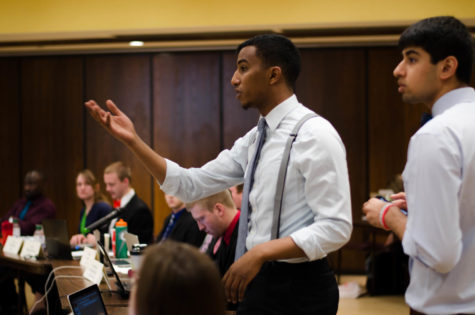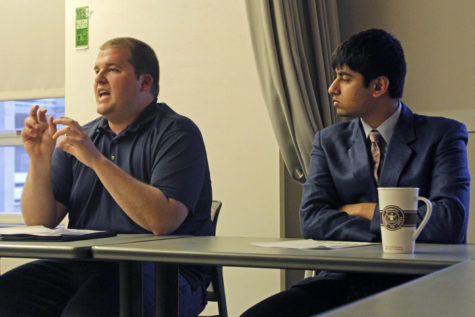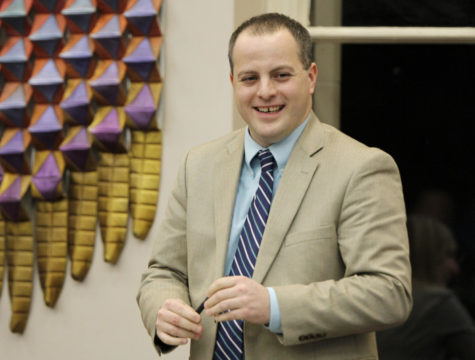Craft, GSB senators to lobby regents on tuition increase
September 14, 1999
As promised in his successful spring campaign, Government of the Student Body President Matt Craft, along with other members of GSB, will lobby the state Board of Regents this week to try to lower the proposed 4.3 percent tuition increase.
The board will meet Wednesday and Thursday in Cedar Falls to consider proposals by university representatives to change or keep the number.
The proposed increase in tuition and student fees is consistent for each of the three regent schools: Iowa State, University of Iowa and University of Northern Iowa. It is slightly lower than the 4.5 percent increase approved by the board for the current school year.
Craft said the increase percentage was derived from two numbers.
“From what I understand, 2.3 percent [of the increase] goes toward inflation costs,” Craft said. “It goes toward the maintenance of the university.”
The additional 2 percent will go toward the quality control index — money used to expand and improve conditions at the university, Craft said.
“There are three main improvements they are looking at,” he said, which are reducing class sizes in overcrowded classrooms, developing an electronic library and strengthening information technology departments.
Frank Stork, executive director for the Board of Regents office, said after taking inflation and improvement into account, the board also considers several additional factors to set its recommendation.
“These considerations include tuition proceeds use, which shows us how much is needed, comparative information from other institutions and the students’ ability to pay based on income,” he said.
In light of recent donations to the university, the prospective 4.3 percent increase in tuition fees for the 2000-2001 school year may not seem necessary to compensate for inflation rates.
However, most of the major donations are directed toward specific colleges, such as the recent $80 million anonymous donation to the College of Agriculture and the $3 million donation from Gary and Donna Hoover to the College of Engineering.
“People who donate tend to want [the money] to go to specialized things, like the Greenlee School of Journalism or the College of Agriculture,” Craft said.
Stork said the question concerning future trends in tuition costs is difficult to answer.
“We look at the year objectively,” he said. “The regents’ policy gives a little predictability, but it changes every year. It is hard to come up with a projection for next year.”
Craft also said he is not sure what the trend in tuition rates will be in the coming years.
“For the most part, as inflation increases, I’d imagine we’ll keep seeing some increase,” he said. “There are a lot of things to look at — one is the demand for the university, and another is the economy.”
Consistent trends in enrollment do not affect tuition rates, Craft said.
“I’m sure there’s some supply-and-demand effect,” he said. “If tuition raises a lot, you’ll see more people going to community colleges to get some credits, but we’re expecting record enrollment again.”
If enrollment changes drastically in either direction, the issue of adjusting tuition accordingly likely would be addressed, he said.









